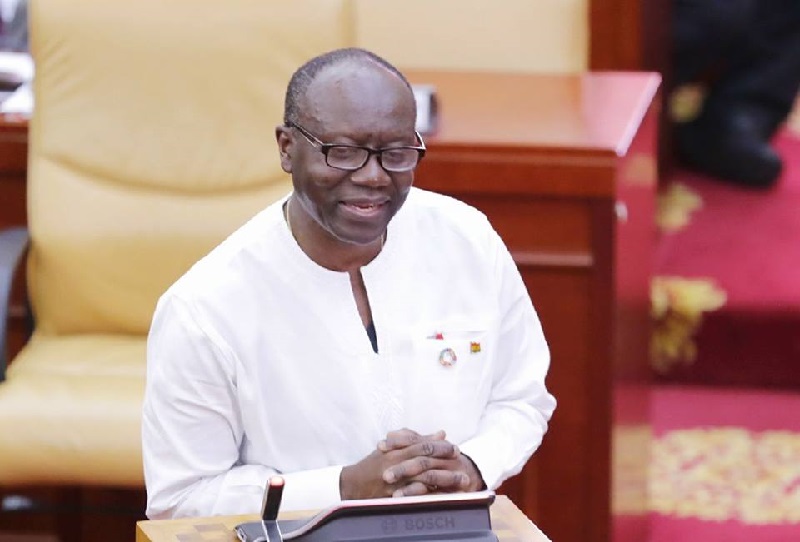The inflation rate for October 2018 dropped to 9.5%, down by 0.3% from the 9.8% recorded in September 2018.
According to the Ghana Statistical Service (GSS), the figure is lowest rate that has been recorded in the past five years since 2013.
However, this rate has been measured without the revised economic rebasing figures.
Inflation measures the rate of change in prices of goods and services over a period of time.
The rate is the percentage change in the Consumer Price Index over the twelve-month period, from September 2017 to September 2018.
The monthly change rate for October 2018 was 0.7 per cent compared to 0.0 per cent recorded for September 2018.
The price drivers for October 2018 were mainly due to a fall in the rates of inflation for the non-food items.
The non-food group recorded a year on year inflation rate of 9.8 percent in October 2018, compared to the 10.3 percent recorded for September 2018.
“The drop in the rate of inflation can be attributed to the drop in inflation rate of the non-food items such as transportation as well as clothing and footwear”, Acting Government Statistician, Baah Wadieh stated.
He announced that transport recorded the highest inflation rate of 13.9 percent, followed by clothing and footwear with 13.4 percent, while Recreation and Culture recorded 12.7 percent and Furnishings, household equipment and routine maintenance had 11.9 percent.
Regional breakdown
Meanwhile, at the regional level, the year-on-year inflation rate ranged from 8.3 per cent in the Upper East region to 11.6 per cent in the Upper West region.
Five regions (Upper West, Brong Ahafo, Western, Northern and Ashanti) recorded inflation rates above the national average rate and Eastern region recorded the same inflation rate as the national average of 9.5 per cent.
ALSO READ: Inflation Targeting regime has failed, must be reviewed—Economist









